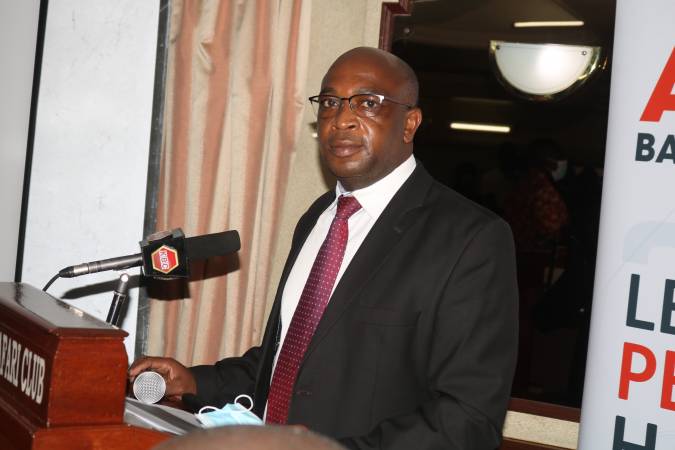App automates hiring process to beat job mismatch

Gone are the days when graduates walked around with their curriculum vitae and generic cover letters in an envelope from company to company, dropping them at every human resource department or at the reception, hoping their documents would land on the right hands.
With advanced technologies, it is safe to say people have come up with apps to help reduce unemployment rates.
Statistics from Trading Economics indicate unemployment rate in Kenya in 2018 was at 9.31 per cent.
This is the major reason Jackson Kasyoki and a team of five came up with an app; to bridge the gap of unemployment.
They set up a recruitment app, KaziQuest, to offer human resource solutions and provide job opportunities to youths countrywide.
For about two years now, it has helped organisations reduce time taken to hire by replacing the manual copy-and-paste task in spreadsheets with an automated candidate management system.
“The recruitment process in Kenya is manual and labour-intensive, making it difficult and expensive to find the best candidates.
The KaziQuest solution automates the recruitment process and employee management, thus making it easier,” Kasyoki says.
How it works
Kasyoki says it takes less than two minutes for an organisation to post a vacancy on KaziQuest.
The solution further allows an organisation to manage the whole process from job advertisement, placement in the candidate pipeline, shortlisting, interviewing, hiring, on-boarding as well as employee engagement.
On the part of a job seeker, all they need to do is log into the website, enter their curriculum vitae comprising information on their education and work experience.
The app will then provide them a list of job vacancies that fit their CV. With this, they can go ahead and apply for their ideal job.
His personal experience while looking for opportunities as an electrical engineer seeking to join the energy industry gave him the idea to start the platform.
He had applied for an opportunity at a parastatal, but the fact that the applications were either hand delivered or sent via envelopes to the Nairobi headquarters made him wonder whether his would be reviewed.
“After much thought, the next step was assembling a team of artificial intelligence experts to provide a solution that would reduce the time to hire and improve the quality of hires for such organisations as the ones I was applying for,” says Kasyoki.
However, it took many companies time to pick up, as they were still accustomed to the manual process.
“It still is a new idea to many HR managers that they can automate hiring, and especially in Kenya, which should be exciting because their work load will be reduced.”
The team has partnered with Google, such that job postings use Google Artificial Intelligence and Machine-learning, making it easy for job seekers to find jobs on the app and employers to find qualified candidates faster.
The group also has an active blog section on the website and social media adverts to sensitise HR practitioners on benefits of automating all HR functions.
“In addition, our blog provides useful information for job seekers, from interview preparation to asking for a pay rise and many more tips,” explains Kasyoki.
In terms of making money, they charge organisations a small fee to use the platform, which is free for small businesses with less than 10 employees.
“For a premium package, which requires about five to 10 candidates, we charge companies Sh1,250 for posting a vacancy.
While for the golden club, which requires more than 10 candidates, we charge Sh1,850,” he adds.
One thing they are really proud of as an organisation is that they are able to get variety of jobs; from basic ones to managerial types.
However, one of their biggest challenges is adoption of their solution by organisations due to lack of capacity from HR practitioners who are accustomed to manual people management tasks.











